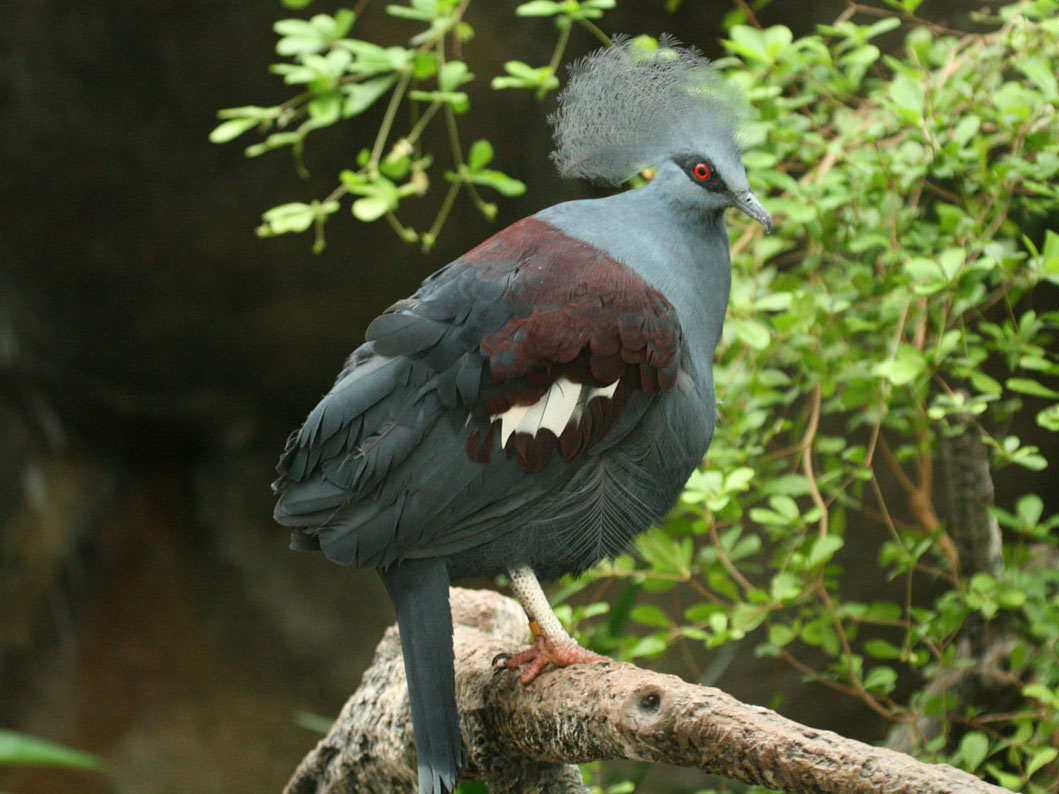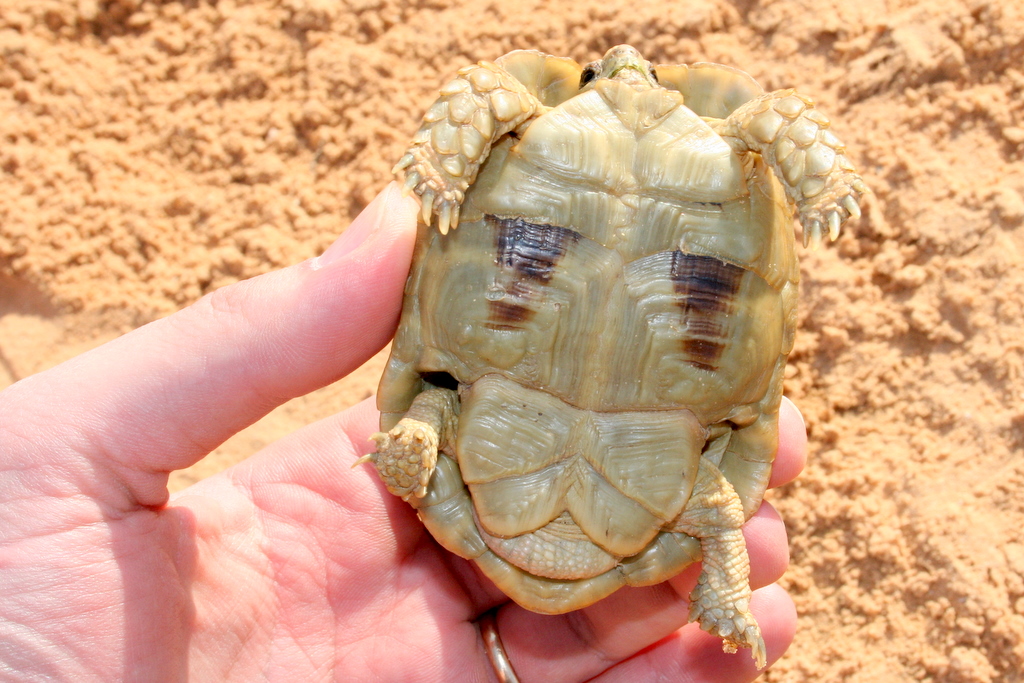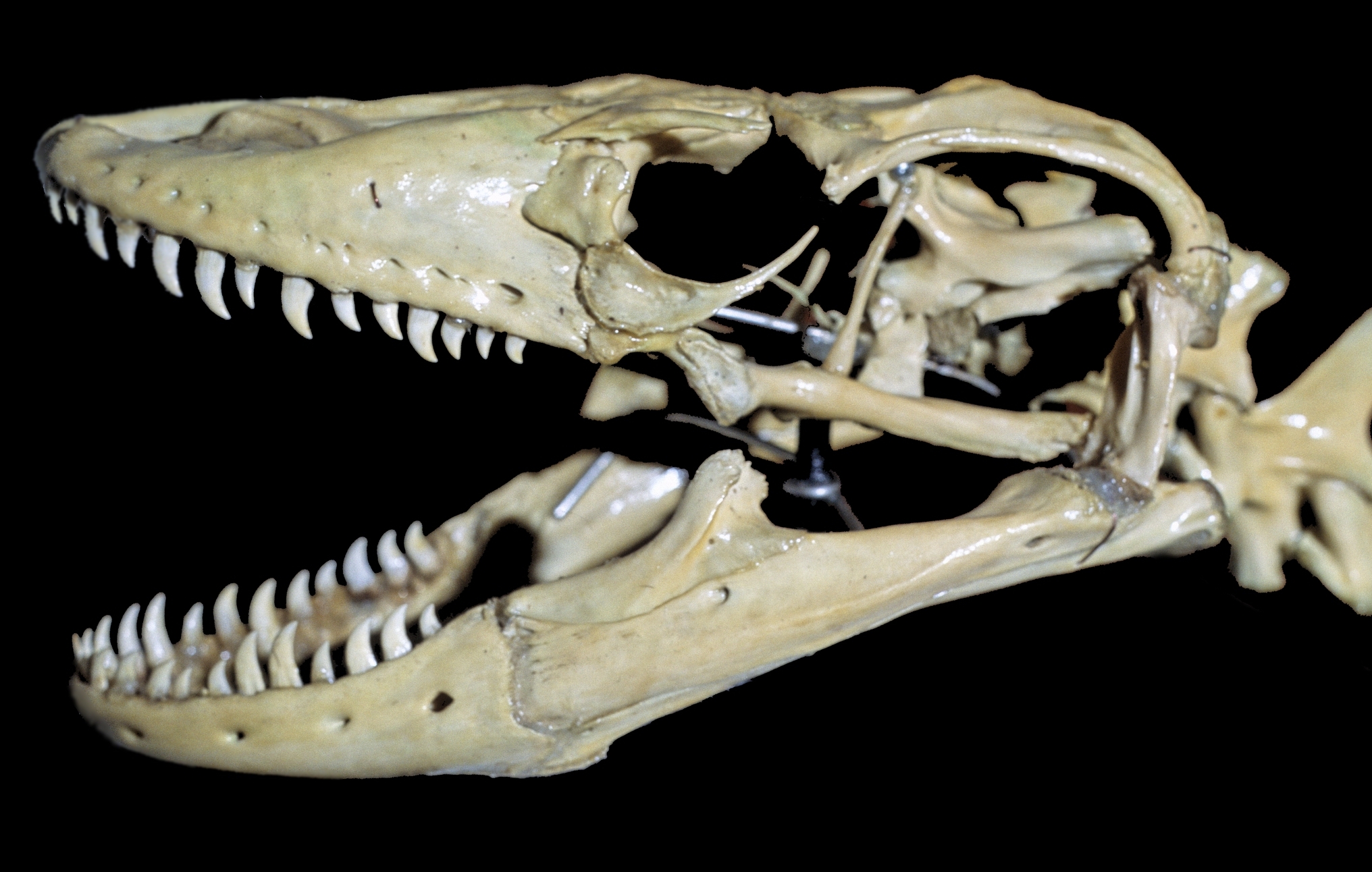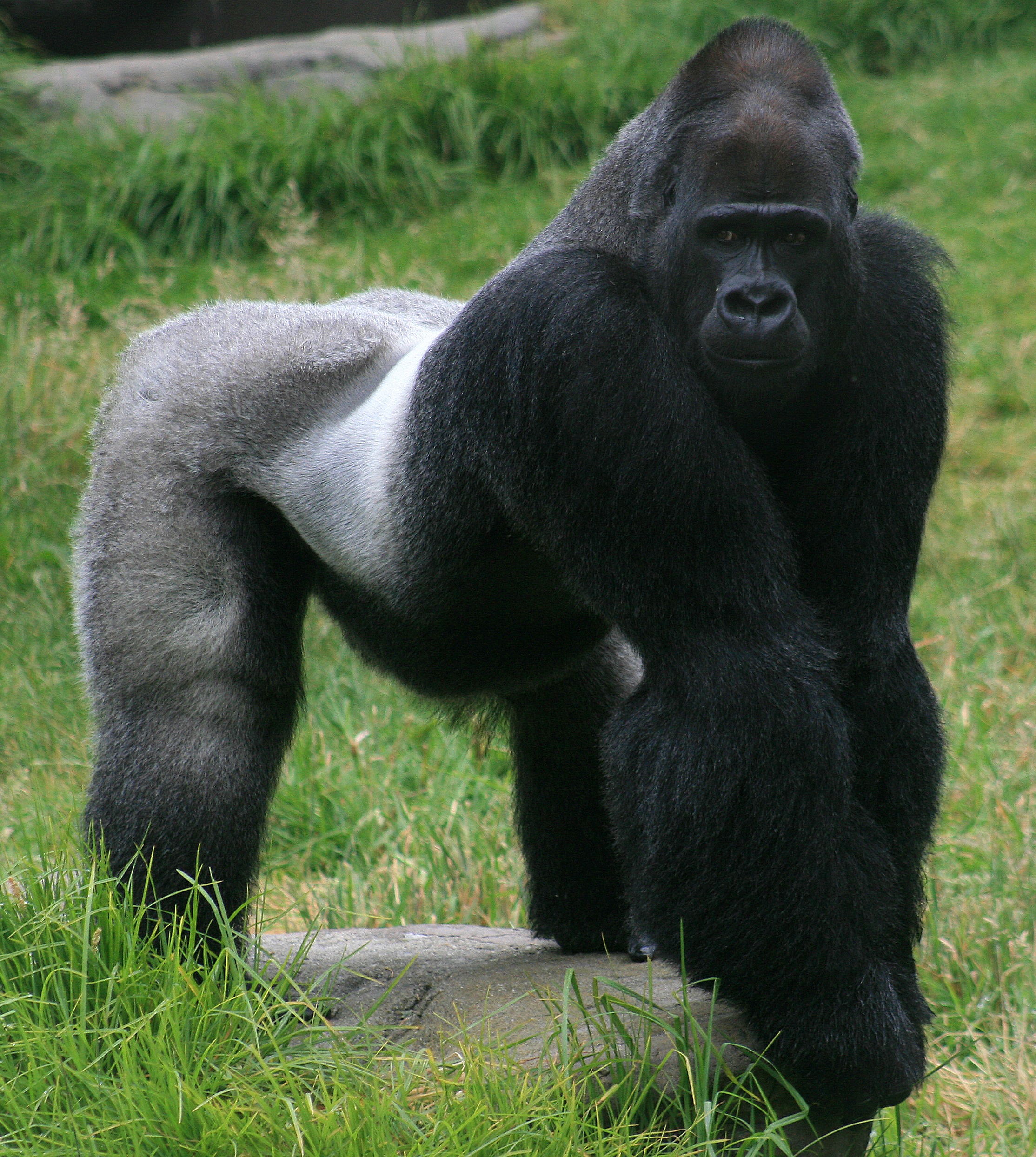|
Diergaarde Blijdorp
( ''Blijdorp Zoo''), officially Rotterdam Zoo, is a zoo located in the northwestern part of Rotterdam. It is one of the oldest zoos in the Netherlands, and has been operated by the ("Royal Rotterdam Zoo Foundation"). Divided into several zoogeographic regions, the 26-hectare (64.25-acre) Blijdorp Zoo boasts well over 180 species. It also has a shop, multiple cafes, and an information centre. The zoo is a member of the Dutch Zoo Federation (NVD) and the European Association of Zoos and Aquaria (EAZA). In 2007, it celebrated its 150th anniversary. History In 1855, a garden was set up for pheasants and waterfowl in the center of Rotterdam, near the Kruiskade. It was a success and on May 18, 1857 the 'Rotterdamsche Diergaarde' was opened as a sequel. The first director was the animal trainer Henri Martin. The same year the 'Vereniging Rotterdamsche Diergaarde' was founded. In 1932 it was decided to reorganize the zoo. In 1937 it was decided to move the zoo to a new location. The ... [...More Info...] [...Related Items...] OR: [Wikipedia] [Google] [Baidu] |
Blijdorp District
Blijdorp is a neighbourhood in northern Rotterdam and is part of the borough Noord. The neighbourhood has around 9500 inhabitants. Construction of the district The construction of Blijdorp between 1931 and 1940 became possible after filling in the Rotterdamse Schie in the Blijdorpse polder, from which the district is named. The district is bounded by the Noorderhavenkade (the location of the Noorderhaven, filled in during 1940), the Noorderkanaal, the Schie-Schie kanaal and the railroad to Hook of Holland and Utrecht. Blijdorp borders the districts Bergpolder to the east and Provenierswijk to the south. Blijdorp is closely associated with the Rotterdam Zoo in the same district. Blijdorp was not affected by the bombing of Rotterdam of May 14, 1940 though rubble from the city center was used to fill in certain areas in the district. After the bombardment many houseboats were built on the Noorderkanaal to meet the increased need for new houses. Special constructions In 1954 a ... [...More Info...] [...Related Items...] OR: [Wikipedia] [Google] [Baidu] |
Smiling
A smile is a facial expression formed primarily by flexing the muscles at the sides of the mouth. Some smiles include a contraction of the muscles at the corner of the eyes, an action known as a Duchenne smile. Among humans, a smile expresses delight, sociability, happiness, joy, or amusement. It is distinct from a similar but usually involuntary expression of anxiety known as a grimace. Although cross-cultural studies have shown that smiling is a means of communication throughout the world, there are large differences among different cultures, religions, and societies, with some using smiles to convey confusion or embarrassment. Evolutionary background Primatologist Signe Preuschoft traces the smile back over 30 million years of evolution to a "fear grin" stemming from monkeys and apes, who often used barely clenched teeth to portray to predators that they were harmless or to signal submission to more dominant group members. The smile may have evolved differently among spec ... [...More Info...] [...Related Items...] OR: [Wikipedia] [Google] [Baidu] |
Botanical Garden
A botanical garden or botanic gardenThe terms ''botanic'' and ''botanical'' and ''garden'' or ''gardens'' are used more-or-less interchangeably, although the word ''botanic'' is generally reserved for the earlier, more traditional gardens, and is the more usual term in the United Kingdom. is a garden with a documented collection of living plants for the purpose of scientific research, conservation, display, and education. Typically plants are labelled with their botanical names. It may contain specialist plant collections such as cactus, cacti and other succulent plants, herb gardens, plants from particular parts of the world, and so on; there may be greenhouses, shadehouses, again with special collections such as tropical plants, alpine plants, or other exotic plants. Most are at least partly open to the public, and may offer guided tours, educational displays, art exhibitions, book rooms, open-air theatrical and musical performances, and other entertainment. Botanical gard ... [...More Info...] [...Related Items...] OR: [Wikipedia] [Google] [Baidu] |
Goura (genus)
The crowned pigeons (''Goura'') is a genus of birds in the family Columbidae. It contains four large species of pigeon that are endemic to the island of New Guinea and a few surrounding islands. The species are extremely similar to each other in appearance, and occupy different regions of New Guinea. The genus was introduced by the English naturalist James Francis Stephens in 1819. They forage on the forest floor eating fallen fruit, seeds and snails. The males and females are almost identical, but during courtship the male will coo and bow for the female. Both parents incubate one egg for 28 to 30 days and the chick takes another 30 days to fledge. The life span can be over 20 years. Systematics and evolution The genus ''Goura'' was introduced by the English naturalist James Francis Stephens in 1819. The type species is the western crowned pigeon. The word ''Goura'' comes from the New Guinea aboriginal name for crowned pigeons. The genus contains four species: Scheepmaker's ... [...More Info...] [...Related Items...] OR: [Wikipedia] [Google] [Baidu] |
Egyptian Tortoise
Kleinmann's tortoise (''Testudo kleinmanni''), also called commonly the Egyptian tortoise, Leith's tortoise, and the Negev tortoise, is a critically endangered species of neck-hiding tortoise in the family Testudinidae. The species is native to Egypt, Libya, and Israel. The species was once more widespread, but its numbers are now dwindling. The species is nearly extinct in Egypt, and complete extinction in the wild is a looming threat unless more actions are taken to protect this species. Etymology The specific name, ''kleinmanni'', is in honor of Edouard Kleinmann, a French stockbroker who collected the holotype in 1875.Beolens, Bo; Watkins, Michael; Grayson, Michael (2011). ''The Eponym Dictionary of Reptiles''. Baltimore: Johns Hopkins University Press. xiii + 296 pp. . (''Testudo kleinmanni'', p. 143; ''T. werneri'', p. 282). The specific name, ''werneri'' (of the synonym ''Testudo werneri''), is in honor of Israeli herpetologist Yehudah L. Werner. Description Klei ... [...More Info...] [...Related Items...] OR: [Wikipedia] [Google] [Baidu] |
Visayan Warty Pig
The Visayan warty pig (''Sus cebifrons'') is a critically endangered species in the pig genus ('' Sus''). It is endemic to six of the Visayan Islands (Cebu, Negros, Panay, Masbate, Guimaras, and Siquijor) in the central Philippines. It is known by many names in the region (depending on the island and linguistic group) with most translating into 'wild pig': ''baboy ilahas'' ('wild pig' in Hiligaynon,Cebuano and Waray), ''baboy talonon'' ('forest pig' in Hiligaynon), ''baboy sulop'' ('dark pig' in Cebuano), and ''baboy ramo'' ('wild boar' in Waray). The Visayan warty pig is critically endangered due to habitat loss and hunting. It is believed to be extinct in four of the islands in its original native range, with only small surviving populations in Negros and Panay. Due to the small numbers of remaining Visayan warty pigs in the wild, little is known of their behaviors or characteristics outside of captivity. In 2012 the Negros Interior Biodiversity Expedition undertook camera tra ... [...More Info...] [...Related Items...] OR: [Wikipedia] [Google] [Baidu] |
Siberian Crane
The Siberian crane (''Leucogeranus leucogeranus''), also known as the Siberian white crane or the snow crane, is a bird of the family Gruidae, the cranes. They are distinctive among the cranes: adults are nearly all snowy white, except for their black primary feathers that are visible in flight, and with two breeding populations in the Arctic tundra of western and eastern Russia. The eastern populations migrate during winter to China, while the western population winters in Iran and (formerly) in Bharatpur, India. Among the cranes, they make the longest distance migrations. Their populations, particularly those in the western range, have declined drastically in the 20th century due to hunting along their migration routes and habitat degradation. The world population was estimated in 2010 at about 3,200 birds, mostly belonging to the eastern population with about 95% of them wintering in the Poyang Lake basin in China, a habitat that may be altered by the Three Gorges Dam. Tax ... [...More Info...] [...Related Items...] OR: [Wikipedia] [Google] [Baidu] |
Red-crowned Crane
The red-crowned crane (''Grus japonensis''), also called the Manchurian crane or Japanese crane (; the Chinese character '丹' means 'red', '頂/顶' means 'crown' and '鶴/鹤' means 'crane'), is a large East Asian crane among the rarest cranes in the world. In some parts of its range, it is known as a symbol of luck, longevity, and fidelity. Description Adult red-crowned cranes are named for a patch of red bare skin on the crown, which becomes brighter during the mating season. Overall, they are snow white in color with black on the wing secondaries, which can appear almost like a black tail when the birds are standing, but the real tail feathers are actually white. Males are black on the cheeks, throat, and neck, while females are pearly gray in these spots. The bill is olive green to a greenish horn, the legs are slate to grayish black, and the iris is dark brown.Archibald G.W. & Meine, C.D. 1996. ''Family Gruidae (Cranes)''. In: del Hoyo J, Elliott A, Sargatal J. (Eds.). ... [...More Info...] [...Related Items...] OR: [Wikipedia] [Google] [Baidu] |
Komodo Dragon
The Komodo dragon (''Varanus komodoensis''), also known as the Komodo monitor, is a member of the monitor lizard family Varanidae that is endemic to the Indonesian islands of Komodo, Rinca, Flores, and Gili Motang. It is the largest extant species of lizard, growing to a maximum length of , and weighing up to . As a result of their size, Komodo dragons are apex predators, and dominate the ecosystems in which they live. Komodo dragons hunt and ambush prey including invertebrates, birds, and mammals. It has been claimed that they have a venomous bite; there are two glands in the lower jaw that secrete several toxic proteins. The biological significance of these proteins is disputed, but the glands have been shown to secrete an anticoagulant. Komodo dragons' group behavior in hunting is exceptional in the reptile world. The diet of Komodo dragons mainly consists of Javan rusa (''Rusa timorensis''), though they also eat considerable amounts of carrion. Komodo dragons also occ ... [...More Info...] [...Related Items...] OR: [Wikipedia] [Google] [Baidu] |
Asian Elephant
The Asian elephant (''Elephas maximus''), also known as the Asiatic elephant, is the only living species of the genus ''Elephas'' and is distributed throughout the Indian subcontinent and Southeast Asia, from India in the west, Nepal in the north, Sumatra in the south, and to Borneo in the east. Three subspecies are recognised—'' E. m. maximus'' from Sri Lanka, ''E. m. indicus'' from mainland Asia and '' E. m. sumatranus'' from the island of Sumatra. Formerly, there was also the Syrian elephant or Western Asiatic elephant (''Elephas maximus asurus'') which was the westernmost population of the Asian elephant (''Elephas maximus''). This subspecies became extinct in ancient times. Skeletal remains of ''E. m. asurus'' have been recorded from the Middle East: Iran, Iraq, Syria, and Turkey from periods dating between at least 1800 BC and likely 700 BC. It is one of only three living species of elephants or elephantids anywhere in the world, the others being the African bus ... [...More Info...] [...Related Items...] OR: [Wikipedia] [Google] [Baidu] |
European Endangered Species Program
The EAZA Ex-situ Programme (EEP) is a population management and conservation programme by European Association of Zoos and Aquaria (EAZA) for wild animals living in European zoos. The programme was formerly known as the European Endangered Species Programme. Each EEP has a coordinator who is assisted by a species committee. The coordinator collects information on the status of all the animals kept in EAZA zoos and aquariums of the species for which he or she is responsible, produces a studbook, carries out demographic and genetic analyses, produces a plan for the future management of the species and provides recommendations to participating institutions. Together with the EAZA Species Committee, recommendations are made each year about relocating and breeding animals, and the conditions of such a move (breeding loan, exchange, term free disposition, etc.). Even though EEP participation is mainly reserved for EAZA zoos, it is possible for non-EAZA collections to be included in the ... [...More Info...] [...Related Items...] OR: [Wikipedia] [Google] [Baidu] |
Red Panda
The red panda (''Ailurus fulgens''), also known as the lesser panda, is a small mammal native to the eastern Himalayas and southwestern China. It has dense reddish-brown fur with a black belly and legs, white-lined ears, a mostly white muzzle and a ringed tail. Its head-to-body length is with a tail, and it weighs between . It is well adapted to climbing due to its flexible joints and curved semi-retractile claws. The red panda was first formally described in 1825. The two currently recognised subspecies, the Himalayan and the Chinese red panda, genetically diverged about 250,000 years ago. The red panda's place on the evolutionary tree has been debated, but modern genetic evidence places it in close affinity with raccoons, weasels, and skunks. It is not closely related to the giant panda, which is a bear, though both possess elongated wrist bones or "false thumbs" used for grasping bamboo. The evolutionary lineage of the red panda (Ailuridae) stretches back around , as ... [...More Info...] [...Related Items...] OR: [Wikipedia] [Google] [Baidu] |



_by_Gregg_Yan.jpg)





